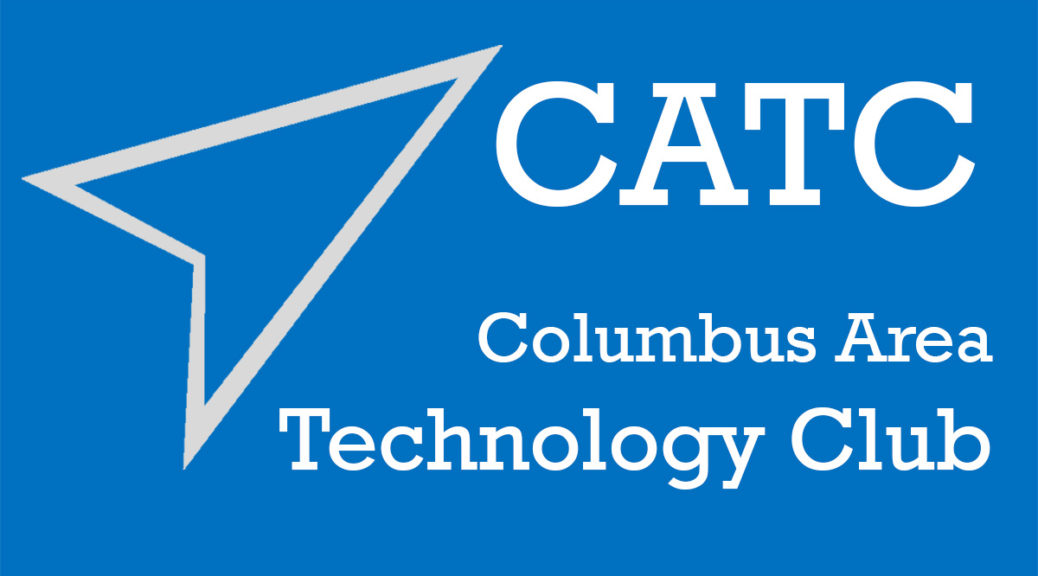The post-industrial house will solve the following domestic problems and maximize the following healthy ways of living.
- Fresh air should be maximized.
- The “un-building” house: start all planning with the assumption that we live outside and favor outdoor living unless necessary to be indoors. Assume that the outdoors is a good thing and try to not block it if possible, for example:
- Need heat in the winter. Best kind of heat is a small cozy space with body heat. Can heating be compartmentalized into a small center of the house?
- Keep bugs out. Screens do this without blocking the rest of the outdoors. A breeze is pretty effective against bugs but too much breeze could be annoying all the time.
- Houses with opaque well-insulated walls are great if you assume you want to completely control the indoors and live in a controlled environment, but they almost totally sacrifice fresh air. Walls block breezes. Walls get hot in the sun and bake the indoors all night long even when it is cool outside. Roofs prevent sunlight from sanitizing and drying the indoors.
- How to minimize how “indoor” the house is?
- Completely compartmentalize the “indoor” aspect of the house?
- Disinfecting sunlight should be maximized especially in bathrooms.
- There should be so much airflow in bathrooms and laundry areas that anything in those areas dries quickly.
- Should be outdoor space for a clothes line near the laundry, preferably with some cover that allows sunlight but not rain.
- Shower curtain against bath tub mold build-up: how has this problem not yet been solved?? (besides dripping the shower liner onto the floor outside the tub or replacing the shower liner every few months). There must be airflow and sunlight or there will be mold!!
- Outdoor shower is nice but good to do something to control mosquitos around it.
- All sides of the house should receive some direct sunlight.
- During the winter day, the house should be able to collect and store as much heat from the sun as possible when available.
- Wood stove? (more efficient than wood-burning insert into existing fireplace).
- Address humidity if possible. Dry air is usually just accepted in the winter, but is there a way to naturally or easily have the air a little bit more humid in the winter?
- Personal humidifiers, OK.
- What about compartmentalizing the house somehow so the human warmth collects in a cozy way, i.e. cozy small room effect? At least for sleeping areas.
- During the summer night, should be able to cool off as quickly as possible and drain heat reservoirs to collect excess heat during the day. House should feel like a large shade tree on a breezy summer afternoon – (NOT like the inside of a refrigerator).
- Remember to address humidity. Humidity is half of the comfort and convenience equation but is usually treated as an afterthought.
- Should be able to completely shade itself on the exterior, independent of trees.
- Or using strategic trees.
- Large eves are nice and simple design for shade and protect the side of the house. Movable eves?
- Canopies over windows?
- Should be able to leave the windows open during summer rainstorms, while still addressing the following issues:
- Security of having windows open.
- Screens should prevent bugs from entering, plus a system to eliminate the bugs that get through.
- Convenient window coverings should not get in the way of opening and closing the windows. Automated windows would be nice (cars have them!) except when they fail, which they would, so they should just be easy to open and close.
- There should be outdoor space on the roof, or above the house somewhere. Like a rooftop bar with a view of whatever is around doesn’t matter rooftop is cool.
- There should be ample shade / rain cover just outside the house near the kitchen for meals outside.
- Build house around a central courtyard area? Build in a horseshoe shape?
- The hot water tank should be near the hot water faucets. Waiting for hot water is hot water wasted and time wasted. (I am opposed to tank-less water heaters, they just aren’t that great.)
- Independent water treatment system for healthy drinking water, nice skin, and prevent mineral deposit build-up.
- Completely separate heated exterior space with garage door, ~14 x 22 feet ~ one-car garage size. Bicycle storage plus.
- Carport! A simple cover over the car keeps the snow off in the winter, prevents most of the rust from being rained on all the time and prevents sun damage. A garage is unnecessary but a carport is necessary.
- Location location location. There should be good people, good government, good parks, libraries, town center within biking distance.
- ~1407 sqft. 3 bedroom, 1 1/2 bathroom. Kitchen, dining, living room. Large closet in the master bedroom. Laundry, clothes line area, outdoor shower all connected.
- 2-story with bedrooms upstairs, or ranch?
- 2-story pros: rooftop bar higher. Bedrooms separate from living area. Smaller footprint / basement requirement. More cube-like for less exterior walls (more efficient?)
- Ranch pros: no stairs. Everything connected.
- Maintenance convenience:
- All (or most) plumbing and electric – especially plumbing – should be accessible from a basement or with known and marked access points.
- While some things will be automated, automation should be limited and control should be centralized with systems accessible for maintenance and upgrades.
- There should be a large Time v3 timekeeping device prominently displayed in the post-industrial house.
- Other sources:
- Consult Tim
- Consult The Landlord’s Operating Manual
- Consult architect(s).
- Consult “Snowmass house”
- Alternative materials.
- Absorptive and radiative materials
- Hemp? Consult Kreg.
- Consult “Earthship” internet search rabbit hole.
- Earth-filled tires?


